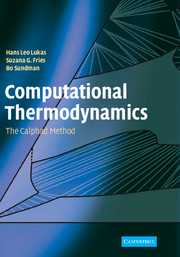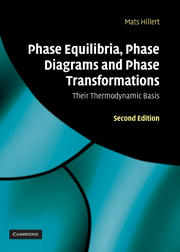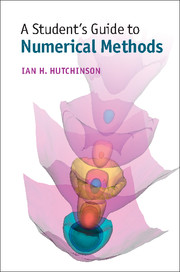Computational Thermodynamics
Phase diagrams are used in materials research and engineering to understand the interrelationship between composition, microstructure and process conditions. In complex systems, computational methods such as CALPHAD are employed to model thermodynamic properties for each phase and simulate multicomponent phase behavior. Written by recognized experts in the field, this is an introductory guide to the CALPHAD method, providing a theoretical and practical approach. Building on core thermodynamic principles, this 2007 book applies crystallography, first principles methods and experimental data to computational phase behavior modeling using the CALPHAD method. With a chapter dedicated to creating thermodynamic databases, the reader will be confident in assessing, optimizing and validating complex thermodynamic systems alongside database construction and manipulation. Several case studies put the methods into a practical context, making this suitable for use on advanced materials design and engineering courses and an invaluable reference to those using thermodynamic data in their research or simulations.
- This is the first hands-on systematic introductory guide to CALPHAD for material scientists and engineers
- Case studies put the methods into practical context, using real-world examples to demonstrate the technique
- Provides a step-by-step methodology chapter describing how to perform an assessment
- The reader can directly apply the methods in the book to their own research
Product details
July 2007Hardback
9780521868112
324 pages
247 × 181 × 20 mm
0.8kg
96 b/w illus.
Available
Table of Contents
- Preface
- 1. Introduction
- 2. Basis
- 3. First principles and thermodynamic properties
- 4. Experimental data used for the optimisation
- 5. Models for the Gibbs energy
- 6. Assessment methodology
- 7. Optimisation tools
- 8. Creating thermodynamic databases
- 9. Case studies
- Bibliography
- Index.







